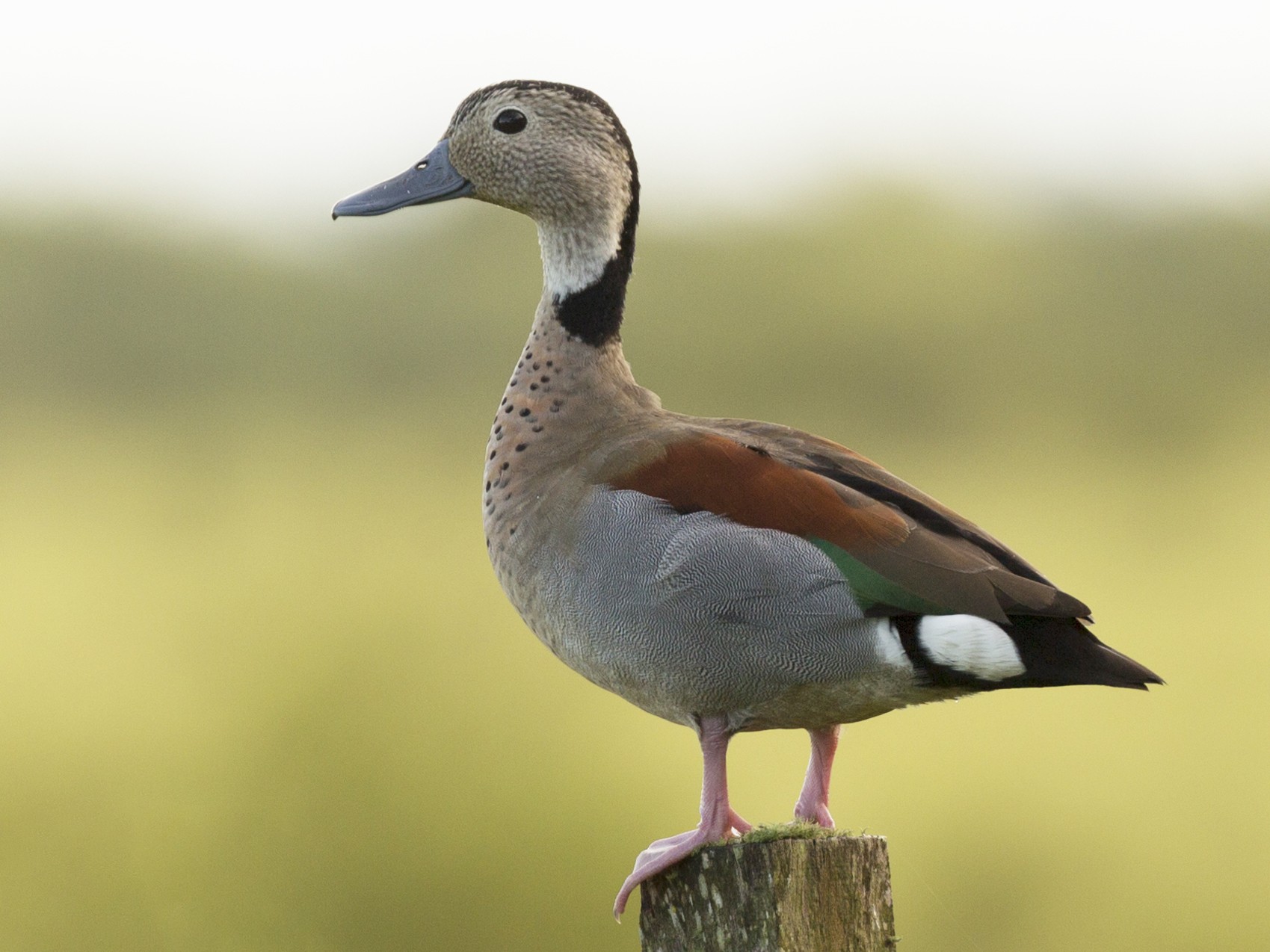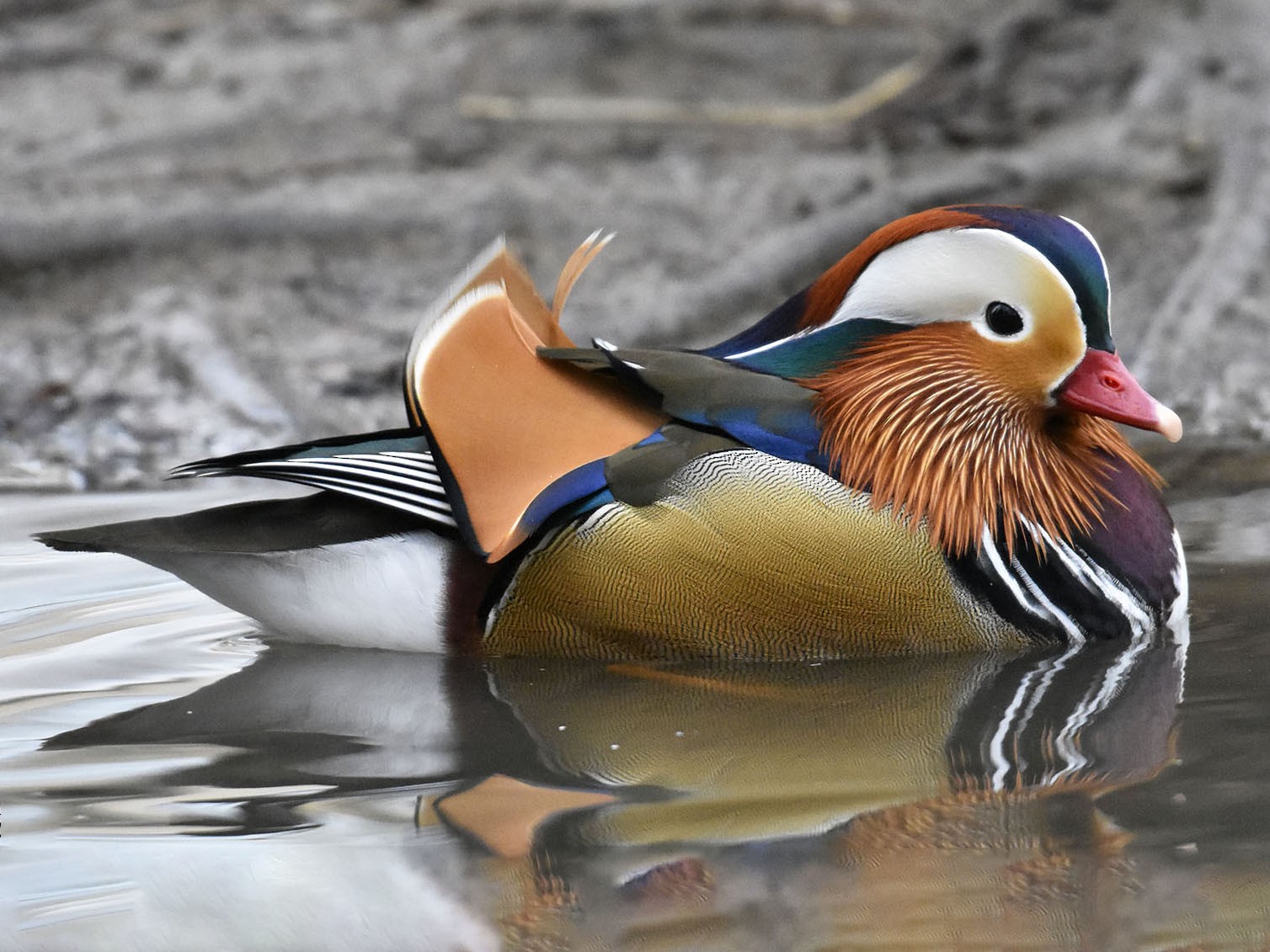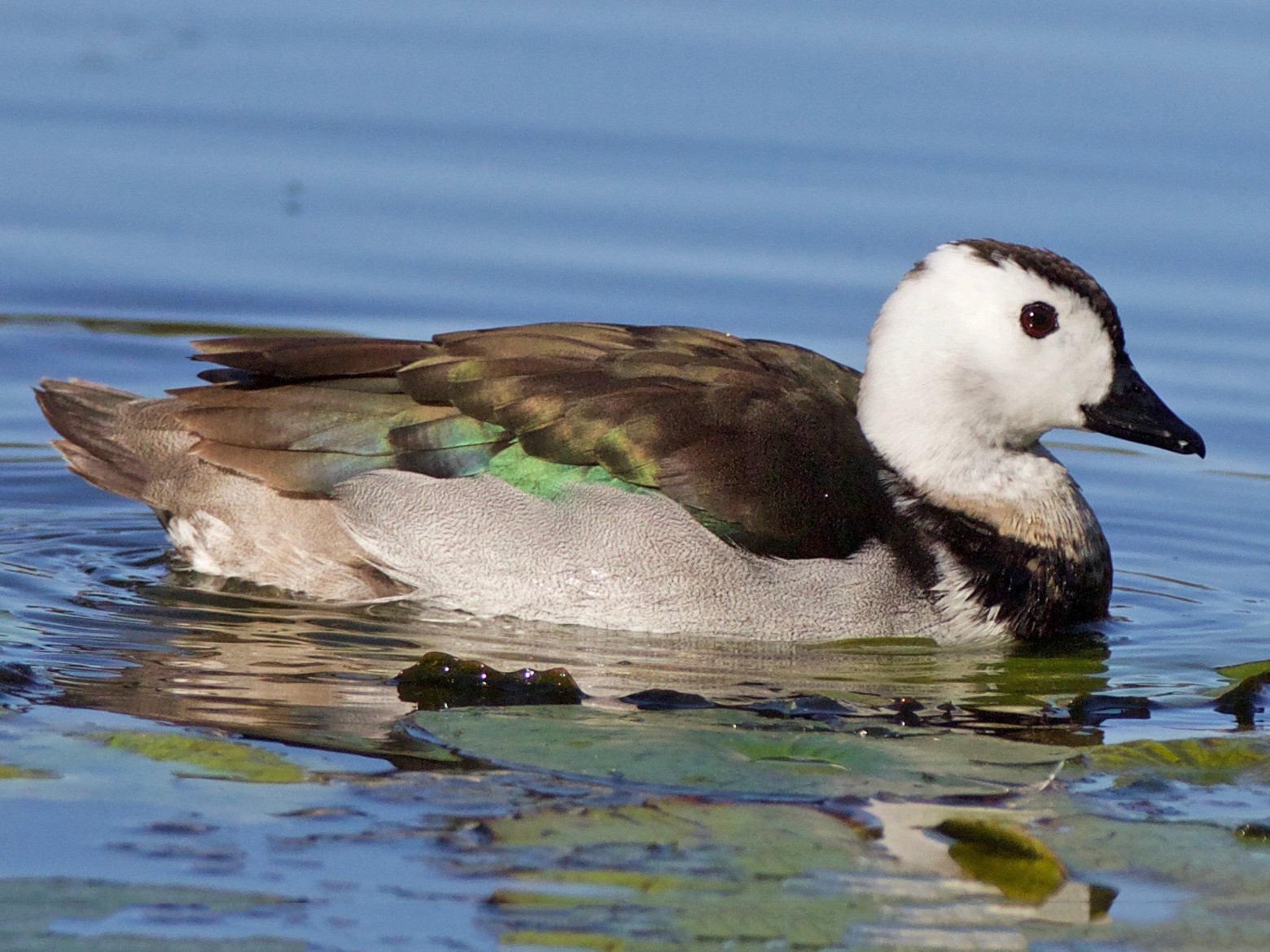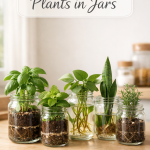In this article, you will learn about different types of ducks. The typical mallard or different hybrid ducks seen in nearby ponds come to mind when most non-birders think of ducks. However, birders are aware that there are several species of ducks, only a small number of which include the term “duck” in their names. The Anatidae family of birds, which includes all of these ducks, is so varied that it is feasible to divide certain duck species into smaller subgroups based on the way they appear and other traits they share. Understanding the many types of ducks groups and associated species may make it much simpler to recognize ducks, and birders will have a greater appreciation for all types of ducks. Nevertheless, here are some of the different types of ducks.
Types of Ducks
- RINGED TEAL
- MANDARIN DUCK
- COTTON PYGMY GOOSE
- PINK-EARED DUCK
- COMB DUCK
- BRAZILIAN DUCK
- TORRENT DUCK
- BLACK SCOTER
- HARLEQUIN DUCK
- GREATER SCAUP
- RED-BREASTED MERGANSER
- Hooded merganser
- Diving Duck
1. RINGED TEAL

In the list of types of ducks, this duck is one of them. South American countries including Argentina, Paraguay, Bolivia, Brazil, and Uruguay are home to the ringed teal duck. They occupy wetlands and wooded swamps. Male ringed teal ducks have heads and cheeks with brown and black spots, and the crown has a black stripe running the length of it. Their backs are black with reddish wing feathers, and their chests are light brown with black polka spots. Females have dark brown wings, a light neck, and a belly with white and brown spots. A green stripe on their feathers may be seen when they are resting. The interesting “mee-ow”-like cry of female ringed teal ducks is amazing to listen to.
2. MANDARIN DUCK

This medium-sized duck has stunning, multicoloured plumage. The male Mandarin duck has a glossy black crest, yellow cheeks, and white crescents over its eyes in addition to a little red beak. Mandarin duck females have white spots on their brown bodies. They have a classy white teardrop on their cheek and an eyering that is also white. Mandarin ducks inhabit forested regions and favour small lakes or ponds. In nearby trees, they build their nests. A mother hen would encourage her hatchlings to fall to the ground a few days after they hatch in order to cajole them out of the tree stump. Instead of eating in the water, Mandarins walk on land and consume plants and seeds. In the list of types of ducks, this duck is one of them.
3. COTTON PYGMY GOOSE

In the list of types of ducks, this duck is one of them. Despite its name, the cotton pygmy goose is actually a little duck also known as a cotton teal. These ducks are native to Southeast Asia, Pakistan, and India. These ducks can also be found in Australia. During the dry season, the cotton pygmy geese builds its nest in hollowed-out tree trunk-like cavities. They swim in lakes with freshwater, in rice paddies, and in irrigation tanks. When mating, males display white heads and necks as well as green and white wings when flying. They have black bands on their lower necks and red eyes. Females simply have a thin white stripe on their wings and do not have this collar.
4. PINK-EARED DUCK

In the list of types of ducks, this duck is one of them. The Pink-eared duck, which may be found in Australia, has a beak that looks like a spatula. This duck has a brown and white striped body and a white head with black eye patches. Because of their stripes, these ducks are frequently referred to as zebra ducks. Their little pink rose-colored patches directly above and behind their eyes are what give them the nickname “pink-eared.” Unless you are extremely near to the duck, it might be difficult to see these pink spots. In shallow flood plains, where they cluster, pink-eared ducks lay their eggs only when there is an abundance of food nearby.
5. COMB DUCK

The comb duck, sometimes known as knob-billed ducks, has a stunning appearance. Comb ducks are distinctive due to the huge black knob on the tip of their beak. Adults have dark bodies, white necks and chests, and black and white heads with freckles. South America, sub-Saharan Africa, Madagascar, and South Asia are all home to comb ducks. Up to 100 comb ducks can be spotted scavenging together during the dry season, but during the rainy season, they form smaller flocks. In the list of types of ducks, this duck is one of them.
6. BRAZILIAN DUCK

Brazilian ducks, which are found in South America, have the most amazing plumage when flying. Brazilian ducks favour lush, watery habitats. Unlike the majority of ducks, male and female birds care for the young. Brazilian ducks tend to hang around in packs of two to twenty. Brazilian ducks have brown plumage when they’re sleeping. The bill of the male duck is brilliant red, whereas the bill of the female duck is brown. However, when these ducks are in flight, their wings will be covered with the most stunning teal plumage. In the list of types of ducks, this duck is one of them.
7. TORRENT DUCK

Mountain ducks, which may be found in the Andes of South America, dwell at heights greater than 5,000 feet (1,524 m). They are adept swimmers and like swift alpine rivers. They only make brief flights to their nests. The chests and backs of male torrent ducks are covered in brown and white “streaks.” They have black marks on the backs of their necks that form a teardrop shape from their eye. Female torrent ducks have a back with brown and white stripes and a chestnut-brown breast. The beaks of males and females are both dark orange. In the list of types of ducks, this duck is one of them.
8. BLACK SCOTER

The Atlantic and Pacific coasts are home to the black scoter duck, a sea duck. Where they can search for mussels and other shellfish, they favour shallow bay water. Nesting takes place on the ground or on tiny trees within 100 feet (30.48 m) of the coast. Black scoters court each other by putting on a display that involves amazing takeoffs and landings in the water, flicking water with their bills, and bobbing their heads side to side. Male black scooters are medium-sized, all-black, and have a bright yellow knob on top of their bill as the only distinguishing feature. Black scoters have a pale face but are otherwise an all-dark brown colour. The yellow knob is not present. In the list of types of ducks, this duck is one of them.
9. HARLEQUIN DUCK

From the males’ showy plumage to their year-round natural environment, harlequins are extreme on every level. These ducks spend their whole lives beside whitewater rivers in the Pacific Northwest, where they are subjected to choppy seas and strong winds. They relocate to the ocean’s coastlines in the winter, when they are thrashed around by powerful waves against the rocky shore. Broken bones in harlequin ducks are a typical sight. The harlequin ducks have a mouse-like squeaking sound. They mostly eat marine invertebrates, tiny fish, and fish eggs to survive.
For their meals, harlequins will dive down an incredible 70 feet (21.33 m) and carry the majority of their food back up to the top. Nesting takes place in tree holes as well as narrow crevices and ledges on cliff faces. The earth occasionally has a nest in it. The tiny, grey bills of both sexes are the same colour. The spectacular plumage of males, on the other hand, includes a chestnut head patch, a white crescent behind their eyes, and a slate blue body. Long white stripes and vivid red markings may be seen all over their body. Females have a brown colour with a white patch next to their bills and a white spot close to their eyes as distinguishing facial markings. In the list of types of ducks, this duck is one of them.
10. GREATER SCAUP

The greater scaup duck dwells in the tundra areas of North America and Europe, where it congregates by the hundreds of thousands. They reproduce in marshes devoid of trees, small lakes, and ponds. Greater Scaup Ducks like diverse habitats, shallow water for foraging, and regions with both aquatic and terrestrial plant life. In addition to mollusks, insects, and crustaceans, Greater Scaup ducks will also consume plants and seeds. For their prey, these ducks will dive up to 23 feet (7.01 m). Either high land or floating plants are used for nesting. Both sites prevent floods from harming the nests. In the list of types of ducks, this duck is one of them.
11. RED-BREASTED MERGANSER

More Northern than hooded merganser ducks, red-breasted mergansers are found. They may be found as far north as the tundras of the Yukon territory and are frequently seen throughout the majority of Alaska and the Bering Sea. In brackish and saltwater wetlands near to the shore, red-breasted merganser ducks breed. Red-breasted mergansers, both sexes, have feathers protruding from the crown of their heads, giving them the appearance of having just left a rock concert. Males have long, white necks, crimson eyes, and black heads.
They have red chests and black and white plumage covering their bodies. A long, thin orange bill is seen on both the males and females. Females have grey and white bodies with brown pigmentation on their heads and necks. Red-breasted mergansers build their nests on the ground in a variety of plants and habitats. These nesting locations can be found on islands covered in vegetation, rocky inlets, driftwood piles, and marshes. The main source of food for red-breasted mergansers is fish. They must consume 15-20 fish per day, which requires 250–300 dives and 4-5 hours of foraging. In the list of types of ducks, this duck is one of them.
12. Hooded merganser

In the list of types of ducks, this duck is one of them. From Alaska, along the west coast, and down the east coast, inland just below the Mississippi river, hooded merganser ducks are common in forested wetlands. These ducks eat water insects, crayfish, and tiny fish. They will use plants to supplement, in contrast to other mergansers. Females build their nests in tree cavities 50–90 feet (15.24 m–27.43 m) up and 10-15 feet (3.04 m–4.57 m) away from the water’s edge. In addition to scouting out new nests for the next year, hooded merganser ducks will reuse nests from the year before. Baby merganser ducks will leave their nests after just 24 hours of hatching, fluttering down 50–90 feet (15.24–27.43 m) or more.
13. Diving Duck

Diving ducks hunt for food by diving beneath the water’s surface, as their name indicates. Ducks that dive for food consume fish, insects, and aquatic vegetation. Large, deep lakes, rivers, and coastal bays are where you may find diving ducks, also known as sea ducks. Diverse duck species number about 20. Diverse diving duck species will migrate, but others will not.
Due to their far-back legs, diving ducks are most frequently observed in water since they are less at ease on dry land. You can hear the quick wingbeat patter of these birds as they take off from the water. While takeoff may be a little challenging for diving ducks due to their blunt-shaped wings, once in the air, they are powerful flyers. In the list of types of ducks, this duck is one of them.
Conclusion
After reading this post about ducks, now you know everything about ducks including but not limited to how many different types of ducks there are. If you are an animal lover especially duck lover, then it is quite essential for you to understand that how many different types of ducks there are in the world.






